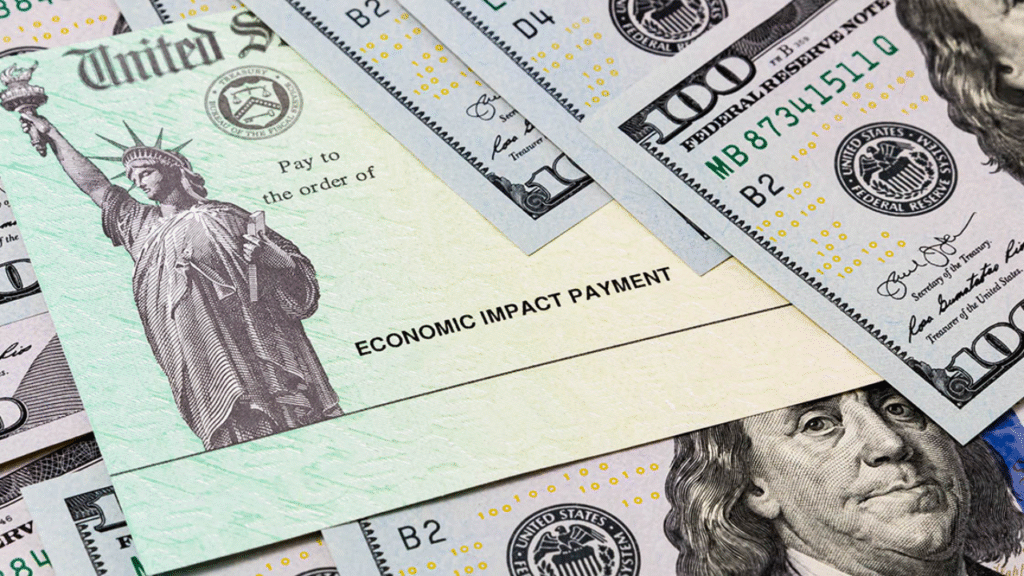The once-promising $5,000 DOGE stimulus check, designed to help Americans, has seen major revisions, and unfortunately, most taxpayers will now miss out.
Originally part of a cost-saving initiative introduced by Elon Musk during Trump’s second administration, the DOGE (Department of Government Efficiency) stimulus plan aimed to return a portion of federal savings to the public. However, due to changes in financial projections and eligibility requirements, many Americans will not benefit from this plan.
The Beginnings of the DOGE Plan: An Ambitious Vision
When Elon Musk first announced the DOGE initiative, it was tied to a bold vision of reducing the national debt, which, as of now, stands at an overwhelming $36.1 trillion.
Musk believed that by streamlining government operations, primarily within departments like the SSA (Social Security Administration) and IRS (Internal Revenue Service), the government could save up to $200 billion in its first fiscal year. These savings would then be shared with the American public, with each taxpayer receiving a share.
Under the original promise, the savings from DOGE would be used to issue a $5,000 stimulus check to each eligible American. This projection created excitement among many, as the prospect of a sizable check was seen as a way to ease financial burdens for households across the country.
However, as with many ambitious plans, things didn’t go as expected.
Reality Sets In: A Lower Projected Saving
By April 10, things had already started to change. Elon Musk informed former President Trump that the savings from the DOGE initiative were likely to be much smaller than originally estimated.
The projected savings figure was slashed from $200 billion to just $150 billion. This downward revision led to a significant reduction in the amount available to each taxpayer.
At this point, the payout was expected to drop from the promised $5,000 to just $375 per person. This figure was still based on the initial plan of distributing 20% of the savings to the public. But even this reduced amount was too much of a stretch. The DOGE team was forced to reconsider their numbers once again.
The Final Adjustment: Only $1,000 Per Taxpayer

The most recent update from the DOGE website has confirmed that the expected savings from DOGE will now likely amount to only $1,000 per taxpayer. This new figure is based on the same 161 million taxpayers that the government initially estimated, but it is still far lower than the $5,000 promised.
Despite this reduction, the distribution of these $1,000 checks isn’t automatic. Only households that have paid federal taxes will be eligible for the payout. In other words, if you haven’t contributed to the IRS, you’re likely to be left out. This new criterion effectively eliminates millions of Americans from receiving any payment at all.
Eligibility and Exclusion: Who Is Left Out?
A major reason why many Americans will miss out on the DOGE stimulus check is that the plan only applies to taxpayers. Specifically, the checks will only be sent to tax-paying households, which automatically excludes anyone with an adjusted gross income (AGI) below $40,000.
According to Pew Research, this income threshold leaves nearly half of the U.S. population excluded from the stimulus check.
For many low-income households, who do not pay much federal income tax, this exclusion is significant. As James Fishback, the plan’s architect, clarified, this is not your typical stimulus program. “Many low-income households received transfer payments amounting to 25% to 30% of their annual income,” Fishback said.
This means that the DOGE checks will not function as an economic lifeline for these individuals. Instead, they will be distributed only to people who owe money to the IRS and contribute more in taxes than they receive in benefits.
Why Only Net Taxpayers Will Get the Money?
The idea behind the DOGE stimulus check is rooted in a philosophy of rewarding those who contribute to the government’s budget, not those who rely on it. In other words, the plan rewards net taxpayers—those who contribute more to the federal budget than they receive in return through benefits or transfers.
This rule leaves out millions of working-class and low-income Americans who, despite working hard, find themselves with an adjusted gross income below the threshold. These households will see no benefit from the DOGE stimulus check, even though they may have hoped for a much-needed financial boost.
A Plan in Flux: What’s Next for DOGE?
Despite all the adjustments, Elon Musk’s DOGE stimulus plan is still far from finalized. As Musk mentioned in a recent speech in Wisconsin, the distribution of the checks is ultimately in the hands of Congress—and possibly the president.
There is still no concrete legislation that guarantees the payout, and the $1,000 estimate is just that—an estimate. This uncertainty leaves millions of Americans wondering when (or if) they will see any relief.
In addition to these uncertainties, the eligibility requirements may change further. As the government continues to address the national debt, there may be further adjustments to the amount each taxpayer is eligible to receive, as well as the income thresholds that determine eligibility. For now, though, the $5,000 check is firmly off the table.
A Reality Check: Who Will Benefit?
While the final distribution amounts may still be unclear, one thing is certain: Only those Americans who pay federal taxes will benefit from the DOGE stimulus check. As for the rest, they’ll be left out of this program entirely.
For now, the $1,000 figure stands as a possibility, but the road to the payout is still uncertain. Whether this plan will materialize in any form remains to be seen. For many, this is a reminder that while big promises may sound enticing, the reality of government savings and distribution is often far more complicated.



